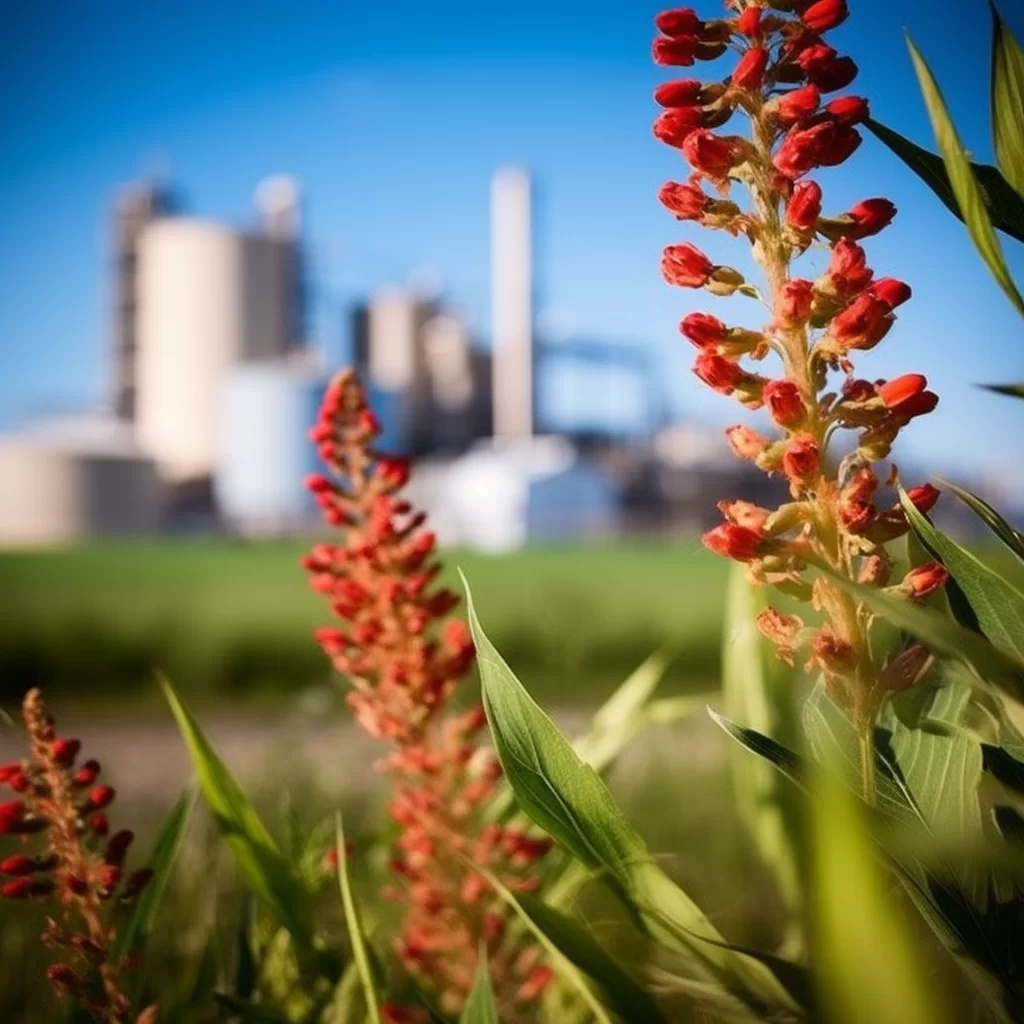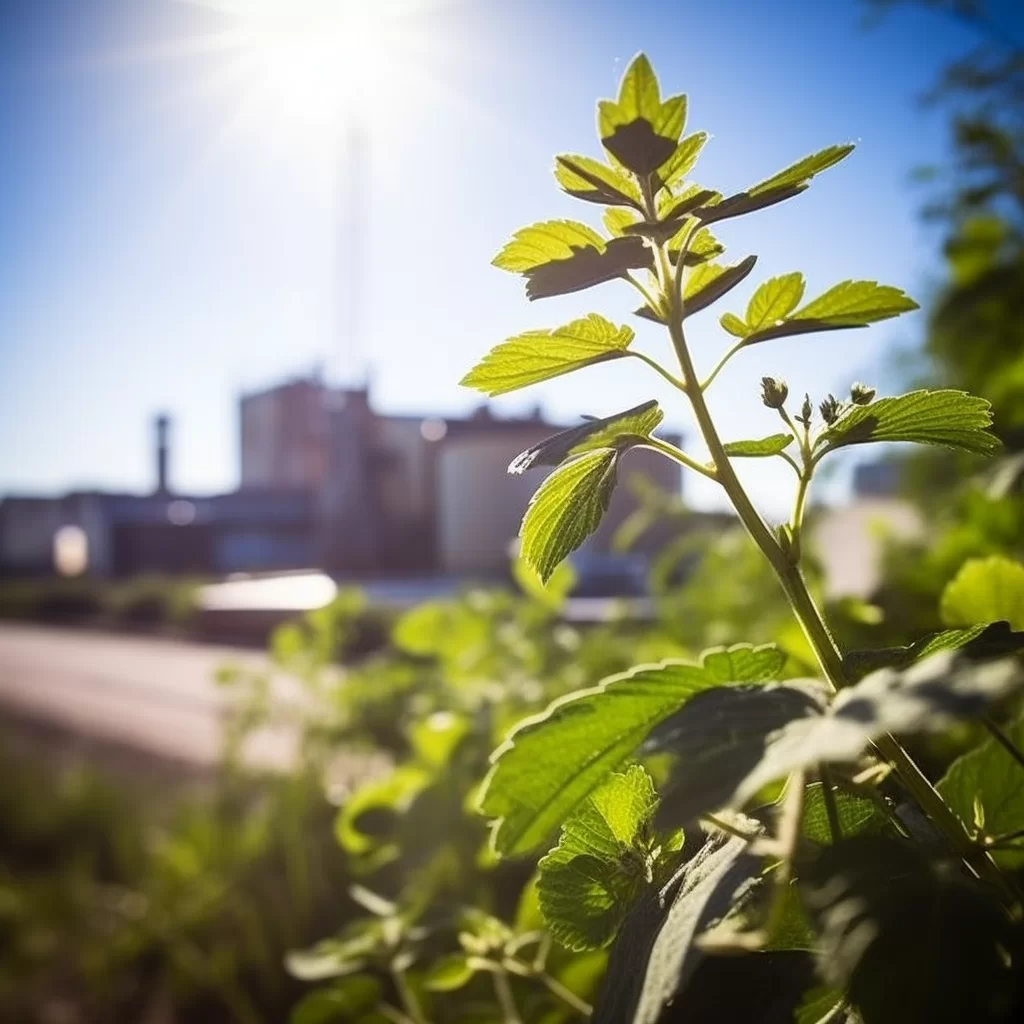Story of Day :
Contents
The Saskatoon Plant: A Comprehensive Guide and Care Tips
Gardening enthusiasts are always on the lookout for new plants to add to their collection.
And if you’re one of them, then you might want to consider adding a Saskatoon plant to your garden.
Also known as Amelanchier alnifolia, this deciduous shrub is native to North America and is highly valued not just for its ornamental value but also for its tasty berries that resemble a blueberry.
In this article, we’ll provide you with everything you need to know about the Saskatoon plant – from its characteristics, growth requirements, care tips, pests and diseases that affect it.
Saskatoon Plant Characteristics
- The Saskatoon plant belongs to the Rosaceae family and can grow up to 4 meters tall.
- It has shiny green leaves that turn red or orange in autumn.
- During springtime, it produces stunning white flowers that attract pollinators such as bees and butterflies.
- The fruit of the saskatoon plant is rich in antioxidants which make it an excellent addition in smoothies or baked goods such as pies or muffins.
Saskatoon Plant Growth Requirements
The Saskatoon plant thrives in well-drained soil with a pH level between 6-7.5.
It prefers full sun exposure but can tolerate partial shade especially during hot summer months where shading can help reduce water loss through transpiration.
This shrub requires regular watering during its first year after planting; once established it’s relatively drought-tolerant though occasional watering during dry spells will help maintain optimal growth conditions.
Saskatoon Plant Propagation
You can propagate saskatoon plants from seeds or cuttings.
If you opt for seed propagation, it’s best to soak the seeds in water for 24 hours before planting them in a well-drained soil mixture.
Keep the soil moist until germination which can take anywhere from 1-3 months.

Alternatively, you can propagate saskatoon plants from semi-hardwood cuttings taken during late summer or early autumn.
These cuttings should be around 15cm long and with a diameter of about 0.5cm at their base end; remove all leaves except for two or three at the tip of each cutting then dip their base ends into rooting hormone powder before planting them in potting mixtures filled with equal parts peat moss and perlite.
Saskatoon Plant Care Tips
- Prune your Saskatoon plant when it’s dormant during late winter or early spring to remove any dead, damaged or diseased branches.
- Fertilize your Saskatoon plant annually using a balanced fertilizer (10-10-10) typically just before its growing season resumes in springtime.
- Mulch around your Saskatoon plant to help retain moisture while keeping weeds under control but avoid mounding mulch directly against its stem as this can promote rotting.
Pests and Diseases that Affect Saskatoon Plants
While relatively disease-resistant, there are some pests and diseases that may affect saskatoons:
- Cedar Apple Rust: caused by Gymnosporangium juniperi-virginianae which invades young leaves causing yellow spots on upper surfaces while producing orange spores underneath lead to stunted growth if left untreated;.
- Sawfly Larvae: will chew on Saskatoon plant leaves causing irregular gouges creating unsightly foliage which overtime may weaken the plant; control by handpicking larvae or using insecticidal soap spray;
- Cabbage Root Maggot: can damage roots and stems leading to wilting of upper growth that eventually dies back; use floating row covers during late summer and autumn while interplanting with companion plants such as radishes.

Conclusion
If you’re looking for an attractive, disease-resistant shrub that also provides delicious fruit, then the Saskatoon plant is an excellent choice.
Follow our guidelines above to ensure optimal growth conditions and keep it healthy year-round.
And if pests or diseases do occur, be sure to take swift action to prevent further spread by identifying symptoms early on!